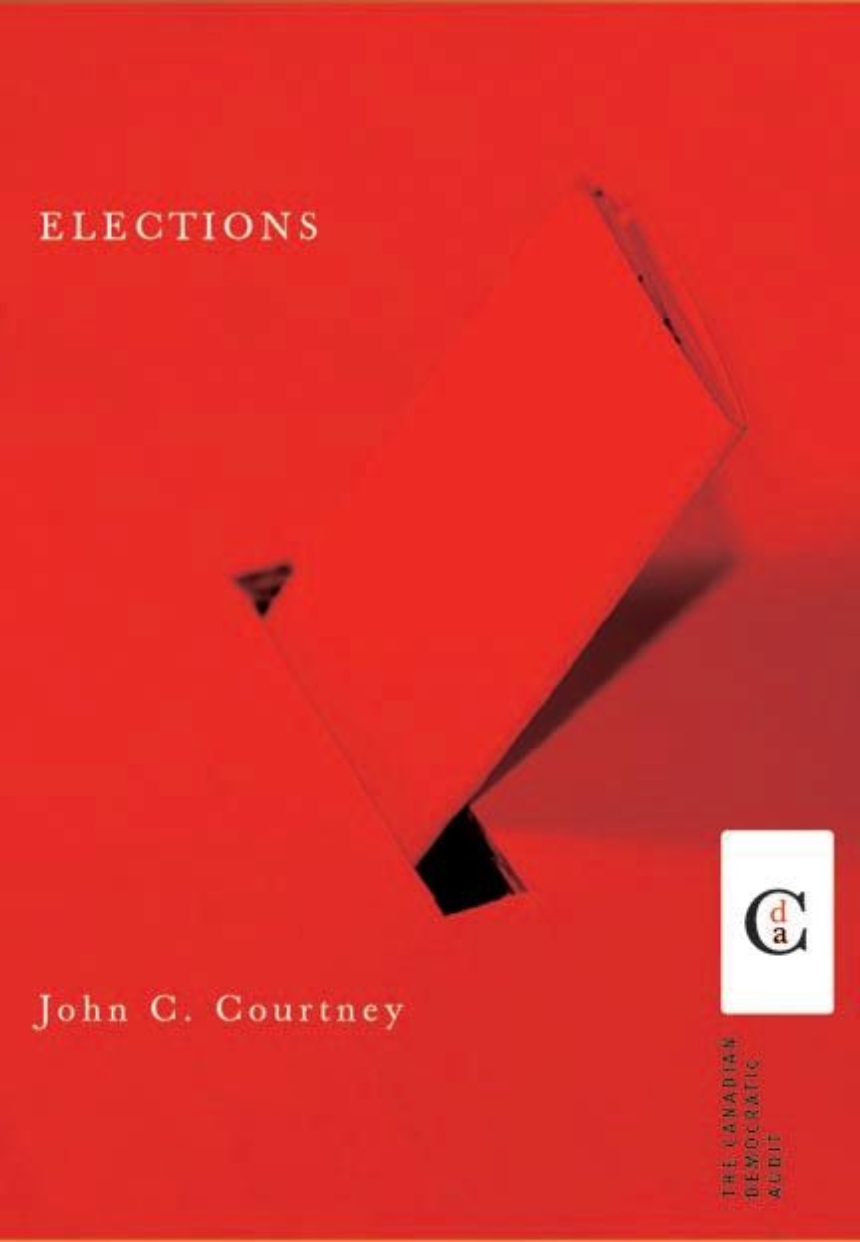Distributed for University of British Columbia Press
Elections
Open and competitive elections governed by widely accepted rules and procedures are essential to the legitimacy of any political system. Elections assesses the history and development of five building blocks of the Canadian electoral regime: the franchise, electoral districts, voter registration, election machinery, and plurality voting. Arguing that on balance the Canadian electoral system is truly democratic, John Courtney demonstrates its vast improvements over the years. The right to vote is now generously interpreted. The process of redrawing electoral districts is no longer in the hands of elected officials. Voter registration lists include all but a small share of eligible voters. And those who manage and supervise elections on behalf of all citizens are honest and trustworthy officials. Using the recent push for reform of the plurality vote system as one example, Courtney also examines why certain electoral institutions have been amenable to change and others have not.
Table of Contents
Figures and Tables
Foreword
Acknowledgements
Introduction
1 The Rules of the Electoral Game
2 Who Can Vote?
3 From Gerrymandering to Independence: Territorially-Based Districts
4 Registering Voters
5 Electoral Machinery: From Partisanship to Professionalism
6 Representation, Plurality Voting, and Democratic Deficit
7 Auditing Canada’s Electoral Democracy Discussion Questions
Appendix: Three Challenges and Possible Reforms
Glossary
Works Cited
Index

